8 design tips for a calm and serene space
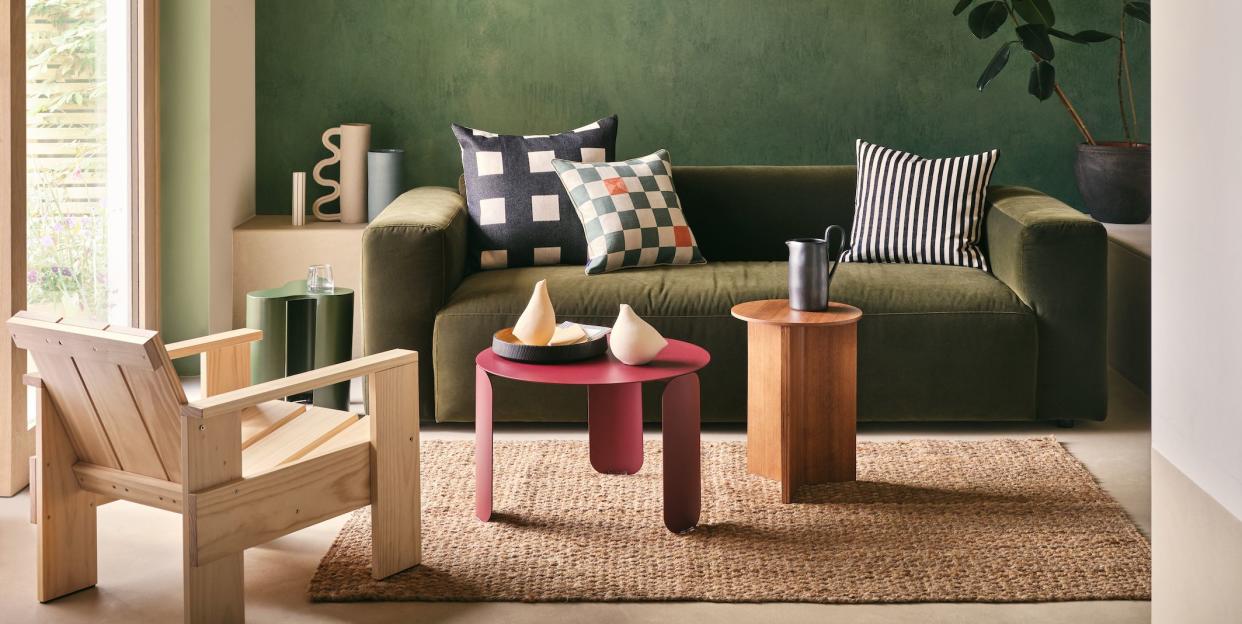
Organised spaces are an antidote to the stresses of everyday life, so take a considered approach when decorating and accessorising your home. From soothing colour schemes to a cohesive flow between rooms, these decorating ideas will encourage a calmer way of life for busy homes.
1. Take a moment
When it comes to the art of display, less can positively mean more. Be reserved and pared-back when populating shelves and surfaces to keep the look of your room considered. A relaxed chaise or daybed positioned close by makes the ideal spot for contemplation.
2. Curated corner
Colour can soothe the senses. Opt for calm shades and gentle, nature-inspired pastels for a restrained palette that also feels inviting. A more minimal style of decor doesn't have to create impersonal spaces – on the contrary, showing fewer, but more treasured, pieces can elevate a room as the objects on display each mean something rather than getting lost among clutter.
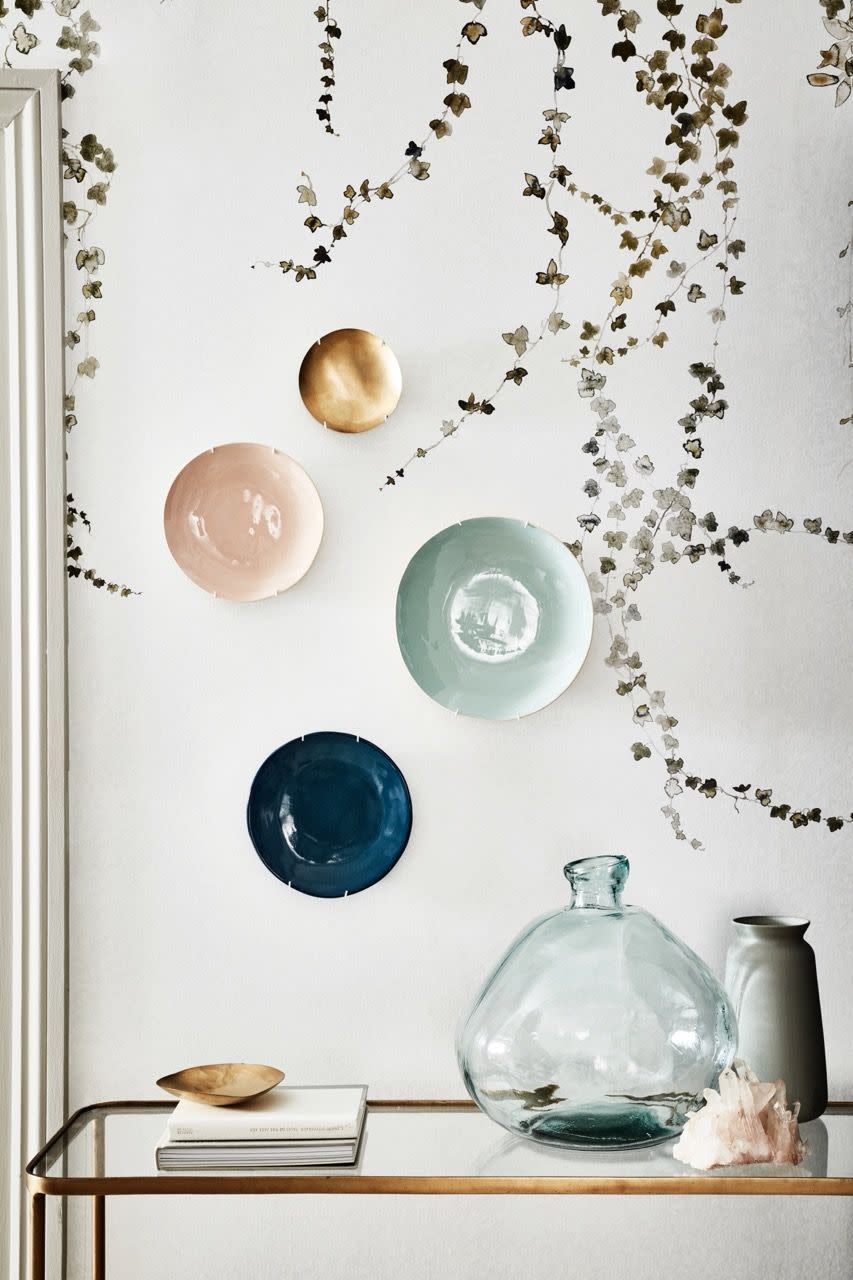
3. Easy does it
The boundaries of a room define it but blurring these lines can make the whole house feel more relaxed. Keep doors open to allow for flow and consider other ways to make your layout feel more flexible. Embrace textures like grainy wood and slubby linen to connect your space to the landscape. Avoid too much pattern, though, as it can look like visual clutter. Fresh displays of greenery will create a sense of life – leafy palms and soft fronds of fern have an airy quality that can encourage calm.
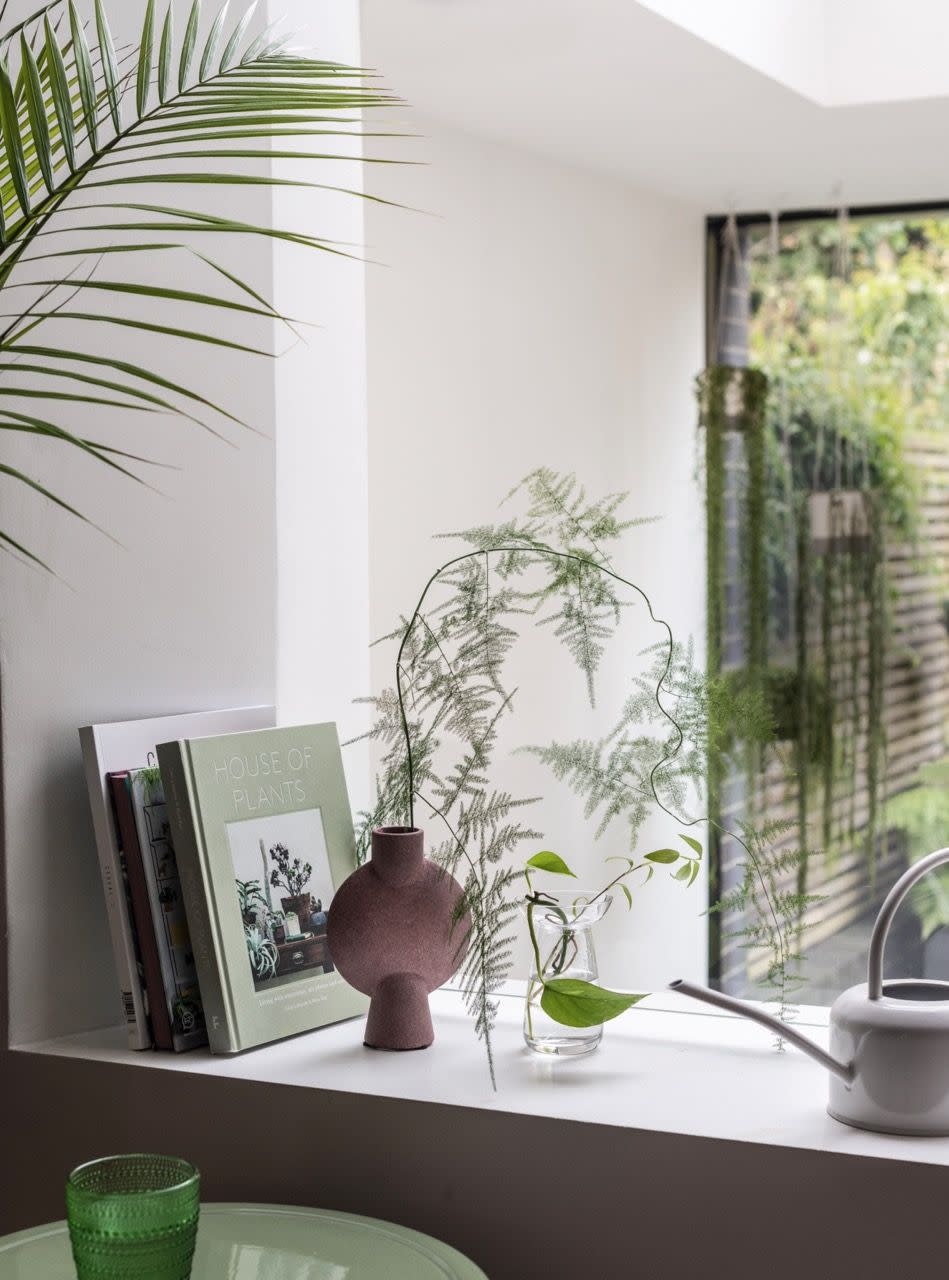
4. Draw the eye
Choose furniture with function and form – sideboards, drawers and tables with built-in shelves give practical storage as well as a decorative surface. When composing a vignette on top, mix up the scale and texture of objects to keep a visual balance. Richly patinaed metallics and ceramics pair well with the crispness of glass, for example, while the central object in a display usually works well if it rises above all others. Give pieces room to breathe and don’t over-embellish their surroundings.
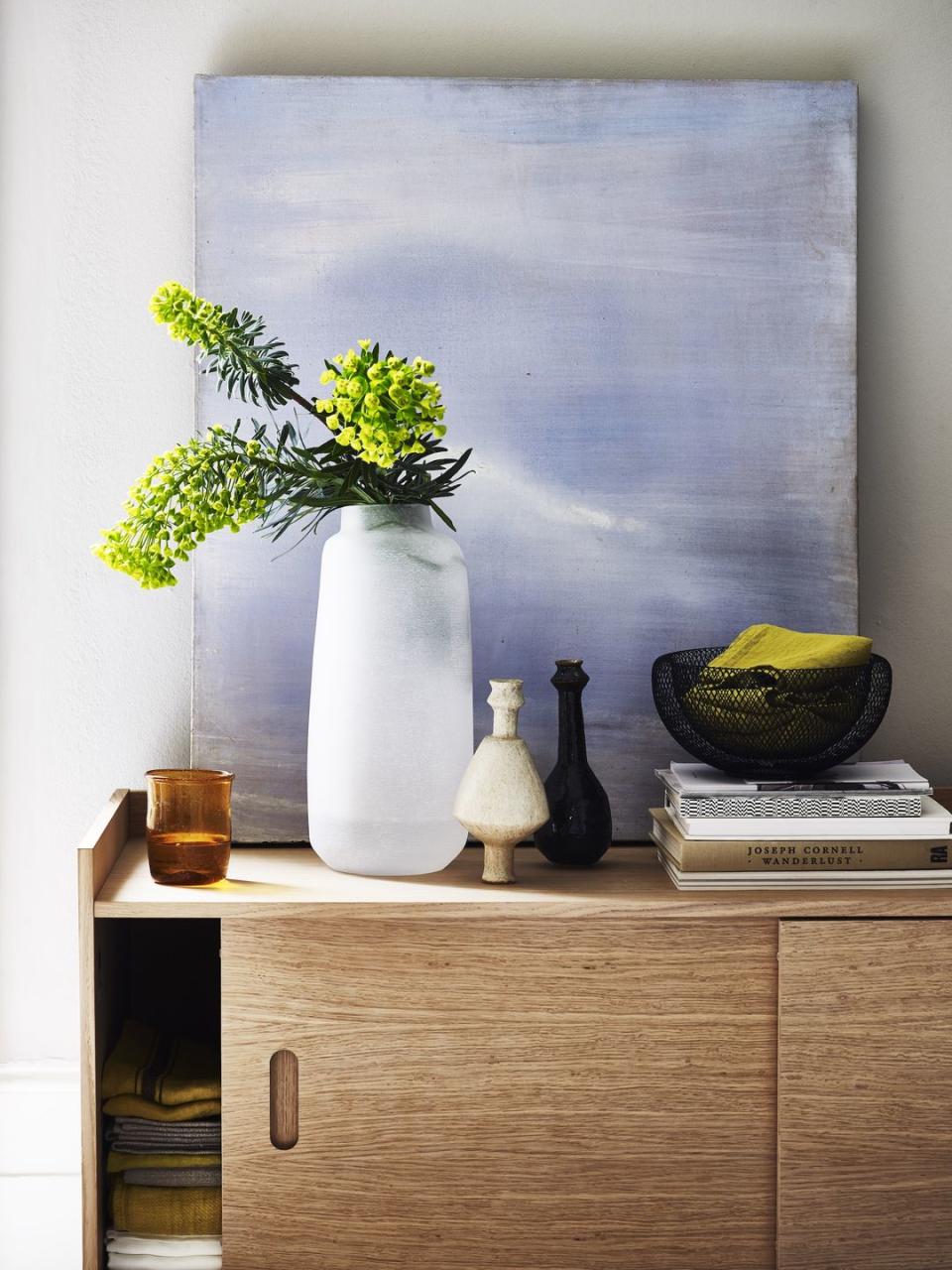
5. Edit your space
To make the decluttering process simpler, take it room-by-room. The bedroom is an ideal place to start – an organised wardrobe will give your daily routine an immediate lift. Appraise every item of clothing and sort into piles to keep, donate or dispose. Many textiles can be recycled, so do research locally available resources. As with many things, it’s always better to invest in quality rather than quantity – clothes, sheets and towels made from responsibly sourced, sustainable materials will far outlast their cheaper counterparts.
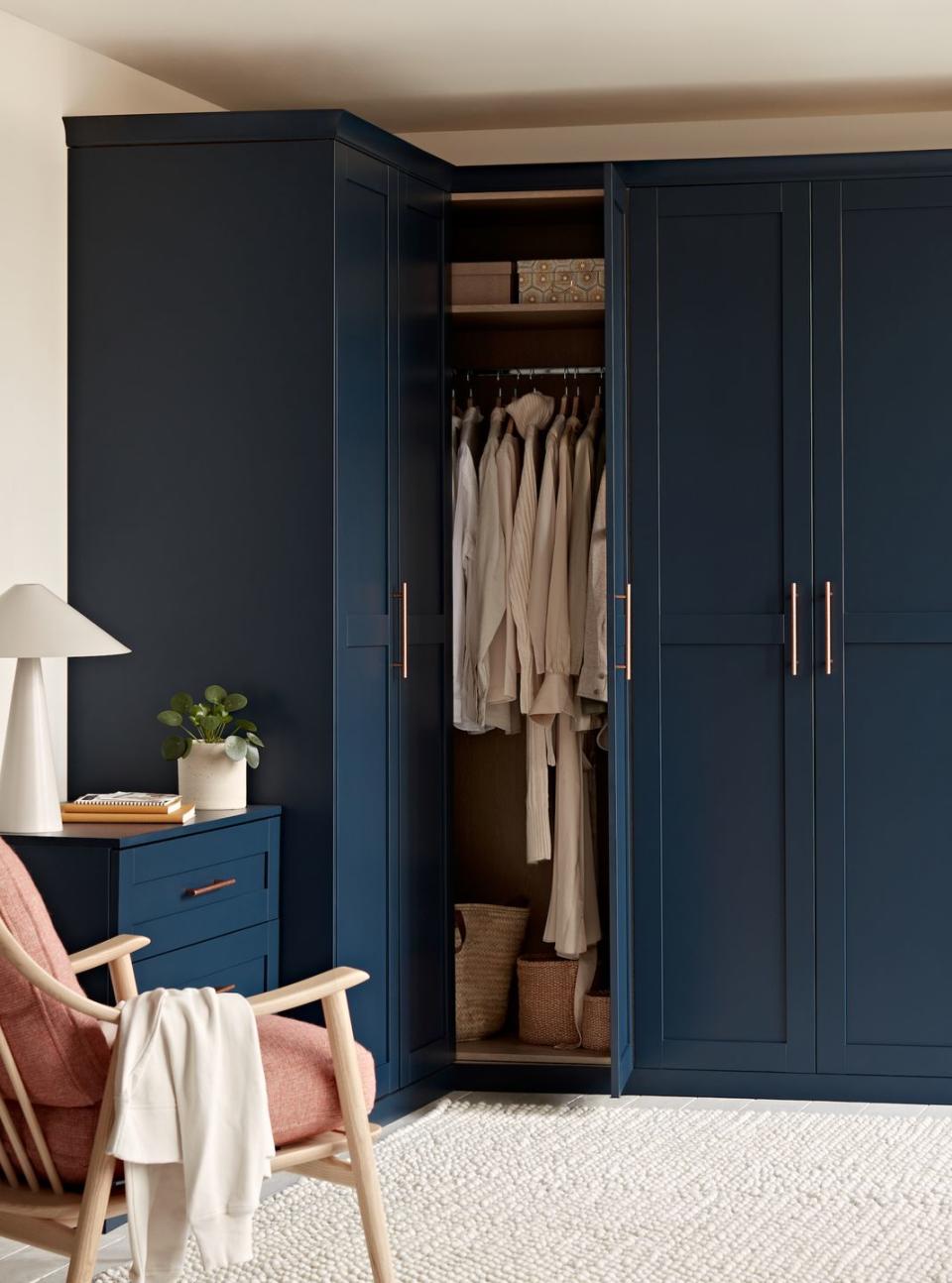
6. All in order
Built-in storage and hideaway drawers are excellent for keeping more functional possessions and other household essentials out of view. Hidden handles will give a flush look to such furniture, blending practical pieces seamlessly into your space. For decluttering to be truly significant, though, avoid an ‘out-of-sight, out-of-mind’ mentality. Arrange inner shelves and drawers logically and maintain order with a one-in, one-out system. This will allow the peace of mind that everything can be found swiftly and easily.
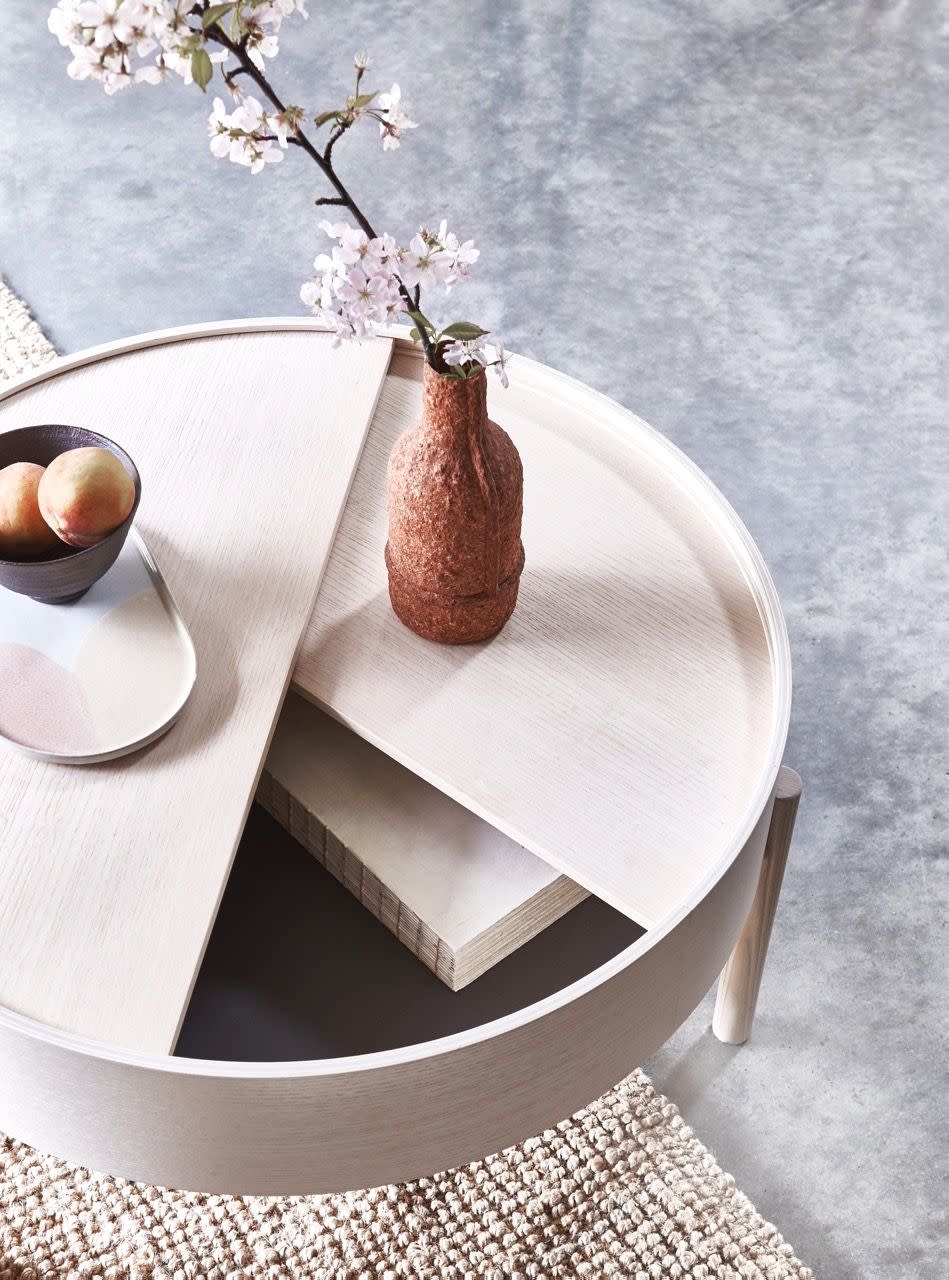
7. Clean and clear
Things inside a home always feel more meaningful when they’re drawn from the landscape. Outside of the materials and decorative elements that make up our spaces, there are many ways our homes can benefit from nature. Consider swapping out usual detergents for an environmentally friendly alternative made with sustainable ingredients, for example, or switch to a mood-boosting tea brewed from blends of spices rather than disposable teabags. Taking a simpler, more planet-conscious approach to everyday life will invigorate and give purpose.
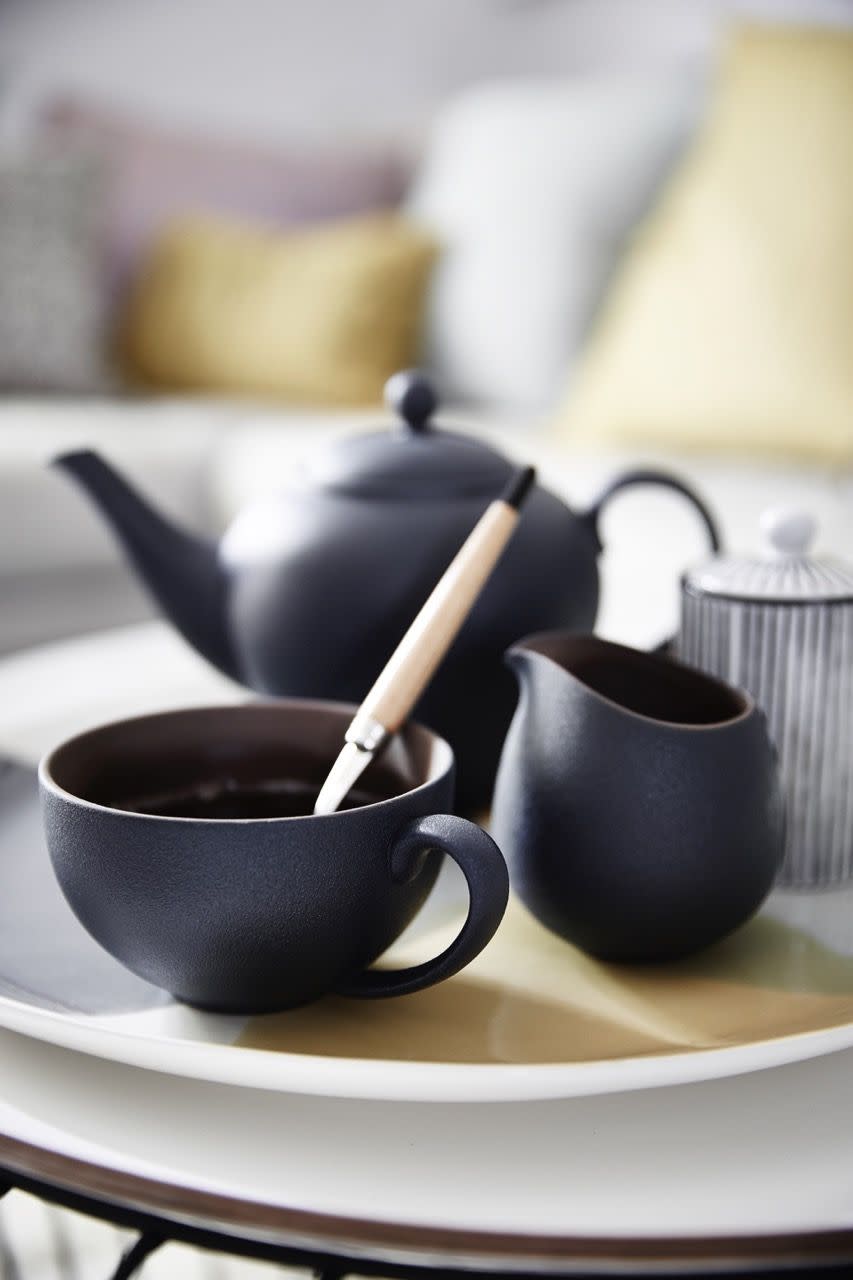
8. Breathe new life
The purpose of organising a home is to create feelings of order and encourage a sense of relaxation from the spaces we live in every day. It’s not simple, but rather a constant shift to be mindful of. It makes sense that it’s easier and more enjoyable to live in a home where time is taken to make sure drawers, wardrobes and cupboards are calm rather than chaotic. That doesn’t mean surfaces need to be free of life – they just need to be free of clutter. Surround yourself with pieces you truly love and it won’t be an issue ever again.
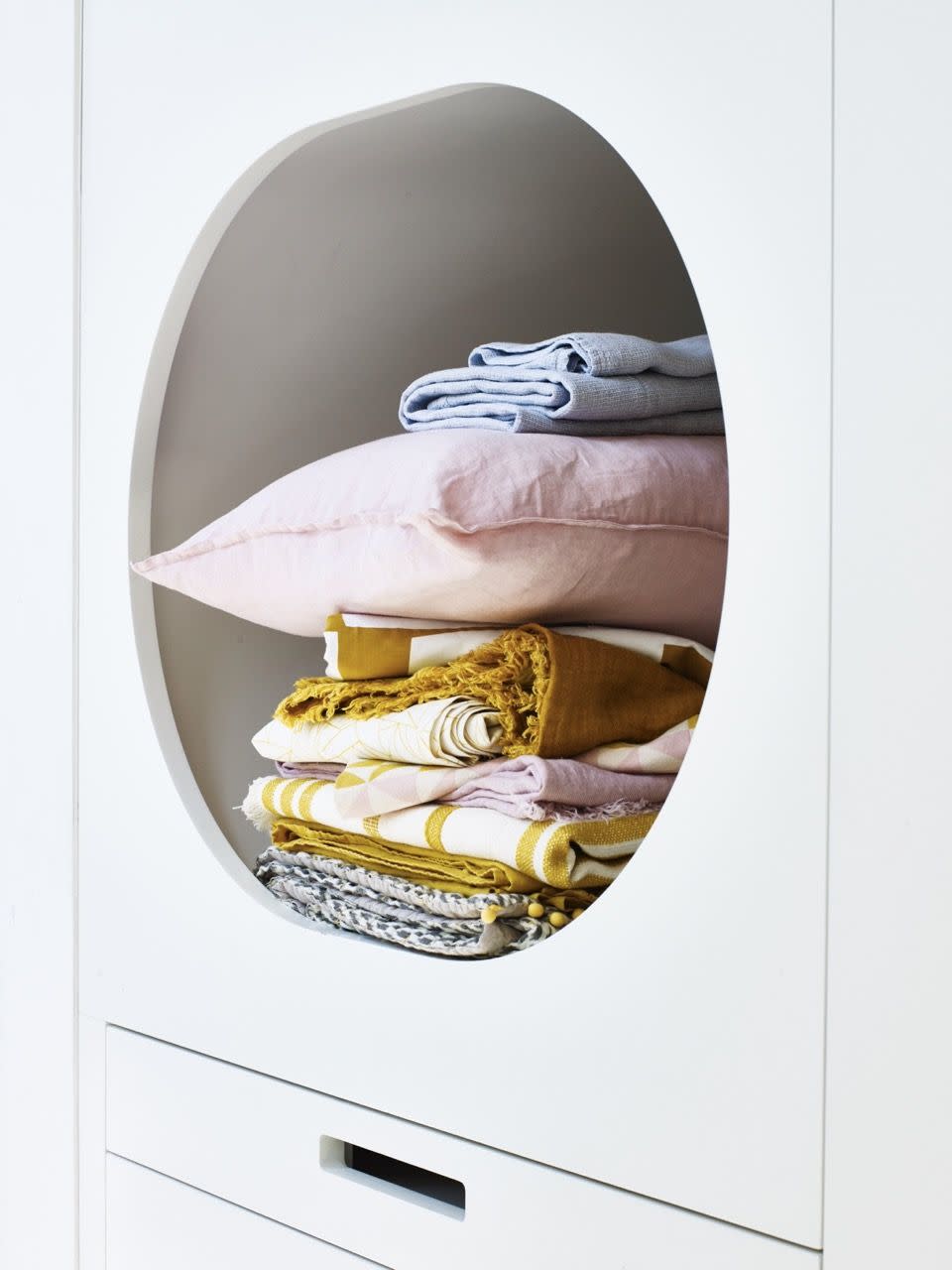
Follow House Beautiful on TikTok and Instagram.
You Might Also Like



